The Real Mad Men | reviews, news & interviews
The Real Mad Men
The Real Mad Men
As the TV series returns, a book tells the real - and even more scabrous - stories of advertising's glamour age
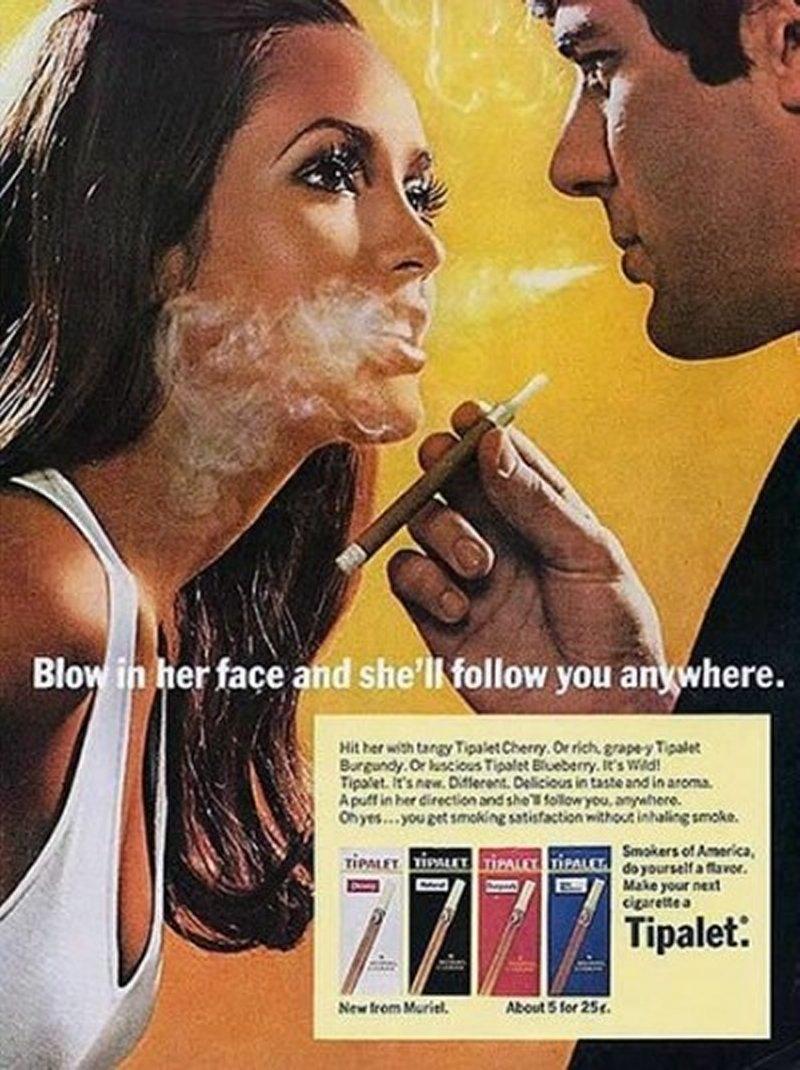
The compulsive TV series about the Sixties advertising industry, Mad Men, opens its fifth season tomorrow night (on Sky Atlantic only, chiz), overflowing to the brim with its usual drinking, smoking, sex, sexism and wholesale un-PC liberality. Does it, however, miss the point of the real Mad Men?
While it tends to be the sex lives and style of Don Draper, Roger Sterling, Peggy Olson and Joan Harris that preoccupy Mad Men scripts, the alluring background to their fairytale world is that fascinatingly superficial and glamorous profession, advertising, so nakedly revealing of the social attitudes of its time. Like journalism, only more secretive, and with a licence to invent, fantasise, entice, this profession relied upon transforming utilitarian products into glorious, unmissable imagery - floor polish, lipstick, a new family car.
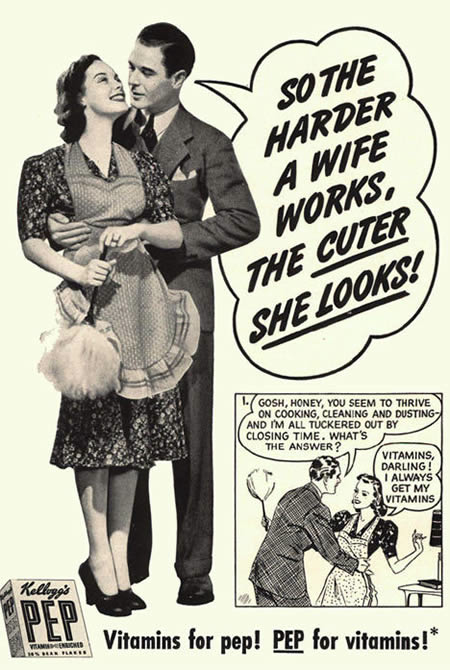 Adverts from the late Fifties show the world in which Draper and co were brought up, with its casual prejudices and social pretensions, aimed to raise a ready and familiar laugh. Adverts from the Sixties - the ones that Cracknell considers among the greatest ads ever - show the sardonic wit and underdog's satire brought memorably into the copylines by quick-witted Jewish ad men - not least in their claiming for glory of the marketing of a German car in a post-war America. In one of many moments where fiction and fact elide in the TV series, Don Draper, notes Cracknell, sneers at one of the iconic real ads of his time, that for the new Volkswagen Beetle (pictured below).
Adverts from the late Fifties show the world in which Draper and co were brought up, with its casual prejudices and social pretensions, aimed to raise a ready and familiar laugh. Adverts from the Sixties - the ones that Cracknell considers among the greatest ads ever - show the sardonic wit and underdog's satire brought memorably into the copylines by quick-witted Jewish ad men - not least in their claiming for glory of the marketing of a German car in a post-war America. In one of many moments where fiction and fact elide in the TV series, Don Draper, notes Cracknell, sneers at one of the iconic real ads of his time, that for the new Volkswagen Beetle (pictured below).
 For much as we love him, Draper (Jon Hamm) represents the old world, in which his attitude to his wife Betty (January Jones) is playfully represented by Fifties ads where a man in Dacron "Leggs" slacks rests his foot on his prone girl's head (see pictures below). Peggy (Elisabeth Moss) is one of those renegades who live in a newly emerging world, who isn't afraid of female sexuality and would kill anyone who wrote the Pep vitamins ad (it was probably Roger Sterling).
For much as we love him, Draper (Jon Hamm) represents the old world, in which his attitude to his wife Betty (January Jones) is playfully represented by Fifties ads where a man in Dacron "Leggs" slacks rests his foot on his prone girl's head (see pictures below). Peggy (Elisabeth Moss) is one of those renegades who live in a newly emerging world, who isn't afraid of female sexuality and would kill anyone who wrote the Pep vitamins ad (it was probably Roger Sterling).
Cracknell's book relishes the roustabout stories of unpardonably rackety office life retold to him by those heyday advertising people, but it's also a sobering check at how recently such -isms were entrenched, how new today's political "equality" of the genders and races is. Cracknell suggests that advertising was always a psychological art, and a social indicator a step ahead of the game of Fifties hypocrisies.
"What they [the young Madison Avenue ad stars of the early Sixties] brought to the era was a new deal on advertising. With their inbuilt aversion to phoniness and hype, they found it deeply difficult to concoct advertising on the basis of its accepted but shallow appeal - aspiration. You didn't drive a VW or a Volvo, smoke B&H 100s, holiday in Jamaica, eat at Horn and Hardart or rent a car from Avis because you aspired to it, or it got you the girl, or made you the envy of your neighbours. You did it beause it was the clever thing to do. Advertising still told you that to be seen doing these things flattered you, yes, but where it used to flatter your status or your apparent wealth, now it flattered your intelligence. And it did this in an intelligent way, without treating you like an automaton or a fool."
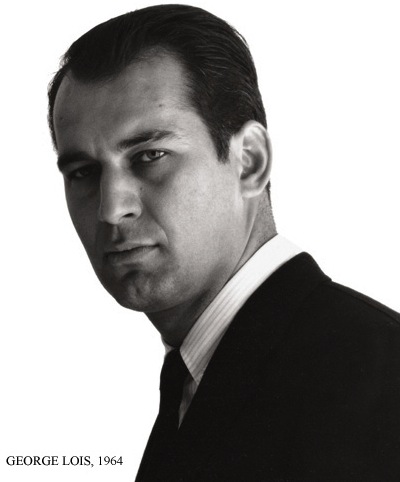 And many of the characters in the book live up to the star profiles assigned to them, George Lois, the Irish Bronx boy with the matinee idol looks - "I was far better looking than Don Draper," he tells the author. See his picture in 1964 (left). Or Judy Wald, the innovative "people farmer" who represented the best creative talents and sorted out their vast salaries. Or Jerry Della Femina, a Brooklyn-born college dropout who made a global reputation with his racy adverts for zips (and that's creative).
And many of the characters in the book live up to the star profiles assigned to them, George Lois, the Irish Bronx boy with the matinee idol looks - "I was far better looking than Don Draper," he tells the author. See his picture in 1964 (left). Or Judy Wald, the innovative "people farmer" who represented the best creative talents and sorted out their vast salaries. Or Jerry Della Femina, a Brooklyn-born college dropout who made a global reputation with his racy adverts for zips (and that's creative).
Here is a selection of the ads of the Fifties against which the Peggy Olsons were rebelling, and some of the legendary new-age Sixties ads that heralded a new age of social mobility and values (or so intended). Then there's a longer extract from Cracknell's book about an ad man whose attitude to joie de vivre makes Don Draper look like Nick Clegg.
Ads 1 to 3 show the breathtaking casual sexism in marriage that routinely sold everyday products - and in which Betty and Joan are such evidently well-trained students.
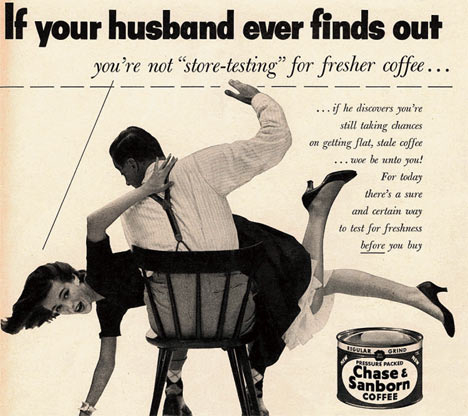
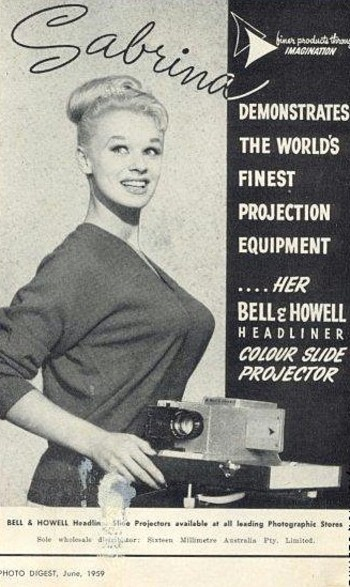
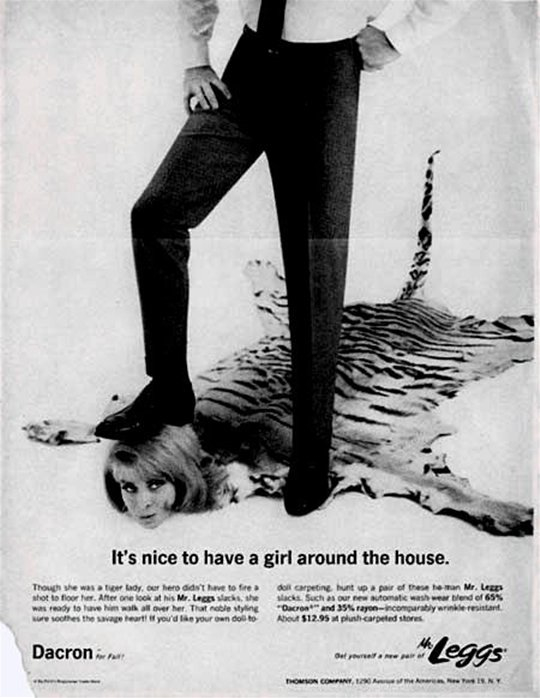
And even clever-clogs VW didn't shed this completely when Doyle Dane Bernbach produced this version of its long series of much-lauded Beetle ads - copyline: "Women are soft and gentle... but they hit things."

What went for normal WASP humour from Ogilvy, Benson and Mather in a wordy Fifties Schweppes tonic water ad:
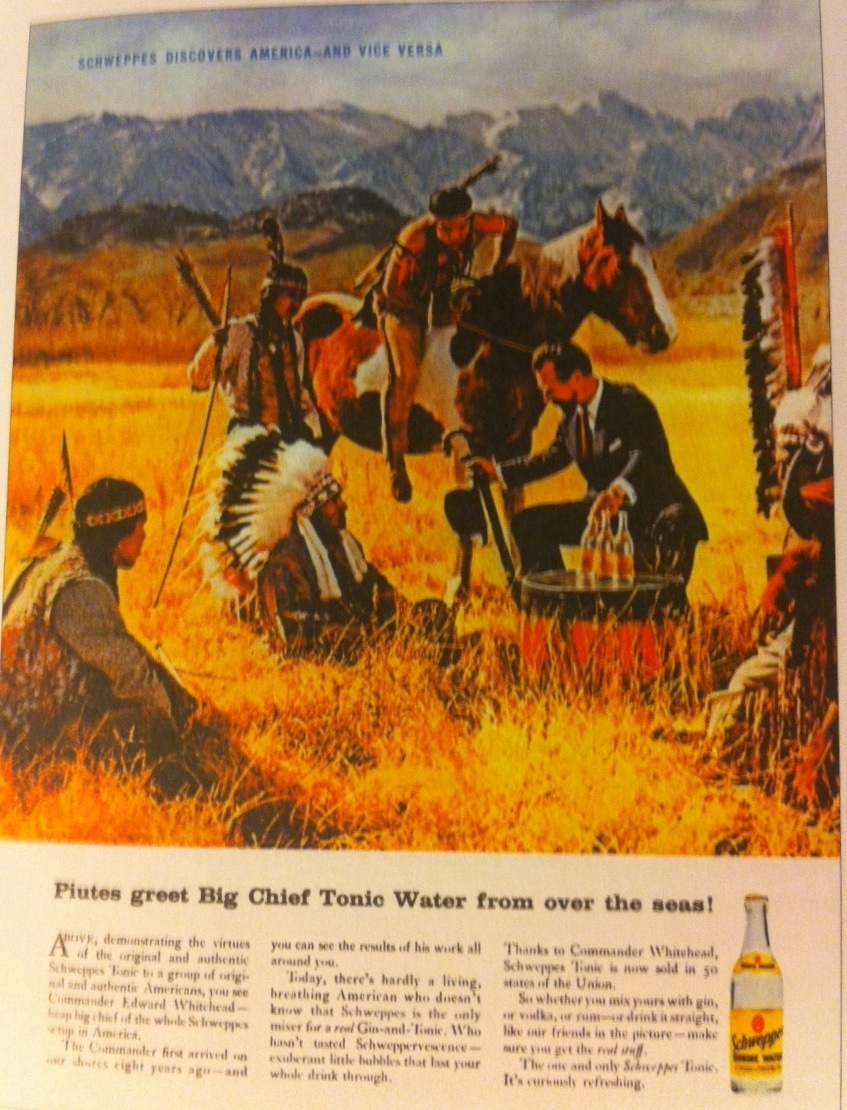
The difference between Old World and New is clear in this next illustration. Ads stripped down to their most laconic essentials: an image, a copyline. And a marketing image - which was effectively what the magazine Esquire's cover was - became a damning political cartoon, such as this in 1968 by George Lois, the "Superman of Madison Avenue" and "America's master communicator", as he was described.
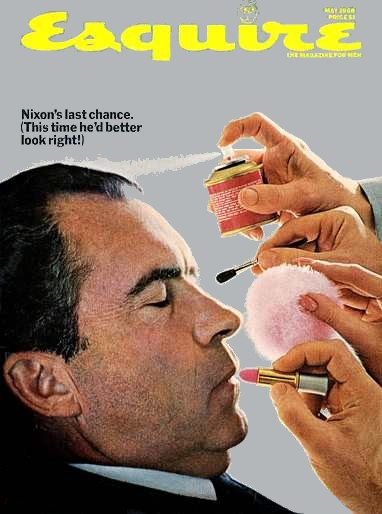
Here's an extract from Cracknell's book, which shows how the Don Draper world is a sanitised version of what actually went on.
It was while working on Panasonic that [Jerry Della Femina] came up with one of the most famous lines in advertising history, more so even than “Think Small” or “Lemon” [for Volkswagen’s new Beetle]. His suggestion was unveiled to an internal meeting of senior Bates executives who were struggling to find a solution to selling Japanese electronics products less than 20 years after the end of the war in the Pacific. They all leaned forward eagerly when their expensive new star copywriter solemnly announced, “Gentleman, I have it.” There was a gasp of horror as he unveiled: “From those wonderful folks who brought you Pearl Harbor.”
It was never seriously intended; there’s a tradition in advertising of writing outrageous ads that could never run. Often, they’re the first flights of fancy by a creative team when they initially get the brief - they get all of the cynicism and the ribaldry out of the way before they knuckle down to the task. Bob Olsen got a copywriter job from Phyllis Robinson on the strength of a campaign that never ran. The line was, “If it isn’t Wolfschmidt’s Vodka, it isn’t breakfast.” David Herzbrun, with George Lois, wrote a headline for Lanteen Diaphragms and Vaginal Gel: “Lanteen: Fecund to None.” Both Della Famina and Carl Ally lay claim to the unsurprisingly never used line for Preparation H, a haemorrhoids treatment: “Up yours with ours - and kiss your piles goodbye.”...
Della Femina was 31, and his partner Ron Travisono 29, when they opened their eponymous agency in 1967. From day one it was unlike anything anyone had ever seen before. Jerry himself said in a Fortune interview in April 1987, “My management skills aren’t as good as they should be. Heaven know what’s happening on my watch.”
What was happening was, in the words of art director Ted Shaine, “like Woodstock - without the mud. It was a party the whole time.” Bob Kuperman, who went there as Creative Director in 1968, said, “We did do some work but it was limited. Most of it was either at night or on your own. There was a lot of dart-throwing, a lot of card games. It was the least business-like place I worked.” As an art director who once worked with Della Famina says, “Before I met him I thought he was all smoke and mirrors. But at least then I thought it was real smoke and real mirrors” It’s a quote that Jerry still finds hilarious.
He’s very proud of the atmosphere. “We work very late,” he said at the time. “We work until one, two in the morning every night almost We start very early, we spend a lot of time together and we like each other. It’s a nice feeling. There’s music going on in the agency almost all the time. People are enjoying themselves, there’s a lot of fun.”
There was also a lot of boozing, marijuana and sex. Jerry says, “We had a cleaning lady, Virginia, who swore when she wrote her book she’d make more money than anyone else. Because she caught every couple.”
He expresses regret at the passing of their lascivious annual event, the agency Sex Contest. He claims it started when they first opened, and then lasted for as long as 30 years.
“Everyone voted for the person they most wanted to go to bed with. There was a gay vote and a ménage-à-trois vote, too. It was solemn vote counting, with poll watchers and everything. Talk about a well-kept secret; if it had come out, it would have destroyed us. It was the wildest thing, and good sophomoric fun. We’d do it around Christmas season. The winning couple would win a weekend at the Plaza Hotel. We don’t know if anyone ever used it. I can’t remember the second prize, the third place was offering Ron Travisano’s couch. There were people who campaigned. One woman, an account person, had posters: ‘Like Bloomingdale’s, I’m open after 9 every night.’”
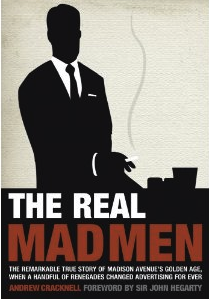 Cracknell's book (pictured right) ends with an update on what those real Mad Men think of today's Mad Men.
Cracknell's book (pictured right) ends with an update on what those real Mad Men think of today's Mad Men.
Uniformly, they loathed the first few episodes so much that many have not returned to the the series. They were more offended at the portrayal of the dishonesty and double dealing than they were at the drinking and fornicating. In the summer of 2010 George Lois wrote a furious piece for Playboy magazine that was openly hostile to everyone involved in the production. But others, like Mike Tesch, a one-time art director at Carl Ally, changed their minds as the series developed. "I hated it... then I loved it."
One thing of which they are all equally dismissive is the creative output of Sterling Cooper. But then they have every right. None of them would ever have wanted to work for Draper and none of his department would have got a job at any of their firms. Too phony.
Explore topics
Share this article
The future of Arts Journalism
You can stop theartsdesk.com closing!
We urgently need financing to survive. Our fundraising drive has thus far raised £49,000 but we need to reach £100,000 or we will be forced to close. Please contribute here: https://gofund.me/c3f6033d
And if you can forward this information to anyone who might assist, we’d be grateful.

Subscribe to theartsdesk.com
Thank you for continuing to read our work on theartsdesk.com. For unlimited access to every article in its entirety, including our archive of more than 15,000 pieces, we're asking for £5 per month or £40 per year. We feel it's a very good deal, and hope you do too.
To take a subscription now simply click here.
And if you're looking for that extra gift for a friend or family member, why not treat them to a theartsdesk.com gift subscription?
more TV
 Mr Scorsese, Apple TV review - perfectly pitched documentary series with fascinating insights
Rebecca Miller musters a stellar roster of articulate talking heads for this thorough portrait
Mr Scorsese, Apple TV review - perfectly pitched documentary series with fascinating insights
Rebecca Miller musters a stellar roster of articulate talking heads for this thorough portrait
 Down Cemetery Road, Apple TV review - wit, grit and a twisty plot, plus Emma Thompson on top form
Mick Herron's female private investigator gets a stellar adaptation
Down Cemetery Road, Apple TV review - wit, grit and a twisty plot, plus Emma Thompson on top form
Mick Herron's female private investigator gets a stellar adaptation
 theartsdesk Q&A: director Stefano Sollima on the relevance of true crime story 'The Monster of Florence'
The director of hit TV series 'Gomorrah' examines another dark dimension of Italian culture
theartsdesk Q&A: director Stefano Sollima on the relevance of true crime story 'The Monster of Florence'
The director of hit TV series 'Gomorrah' examines another dark dimension of Italian culture
 The Monster of Florence, Netflix review - dramatisation of notorious Italian serial killer mystery
Director Stefano Sollima's four-parter makes gruelling viewing
The Monster of Florence, Netflix review - dramatisation of notorious Italian serial killer mystery
Director Stefano Sollima's four-parter makes gruelling viewing
 The Diplomat, Season 3, Netflix review - Ambassador Kate Wyler becomes America's Second Lady
Soapy transatlantic political drama keeps the Special Relationship alive
The Diplomat, Season 3, Netflix review - Ambassador Kate Wyler becomes America's Second Lady
Soapy transatlantic political drama keeps the Special Relationship alive
 The Perfect Neighbor, Netflix review - Florida found-footage documentary is a harrowing watch
Sundance winner chronicles a death that should have been prevented
The Perfect Neighbor, Netflix review - Florida found-footage documentary is a harrowing watch
Sundance winner chronicles a death that should have been prevented
 Murder Before Evensong, Acorn TV review - death comes to the picturesque village of Champton
The Rev Richard Coles's sleuthing cleric hits the screen
Murder Before Evensong, Acorn TV review - death comes to the picturesque village of Champton
The Rev Richard Coles's sleuthing cleric hits the screen
 Black Rabbit, Netflix review - grime and punishment in New York City
Jude Law and Jason Bateman tread the thin line between love and hate
Black Rabbit, Netflix review - grime and punishment in New York City
Jude Law and Jason Bateman tread the thin line between love and hate
 The Hack, ITV review - plodding anatomy of twin UK scandals
Jack Thorne's skill can't disguise the bagginess of his double-headed material
The Hack, ITV review - plodding anatomy of twin UK scandals
Jack Thorne's skill can't disguise the bagginess of his double-headed material
 Slow Horses, Series 5, Apple TV+ review - terror, trauma and impeccable comic timing
Jackson Lamb's band of MI5 misfits continues to fascinate and amuse
Slow Horses, Series 5, Apple TV+ review - terror, trauma and impeccable comic timing
Jackson Lamb's band of MI5 misfits continues to fascinate and amuse
 Coldwater, ITV1 review - horror and black comedy in the Highlands
Superb cast lights up David Ireland's cunning thriller
Coldwater, ITV1 review - horror and black comedy in the Highlands
Superb cast lights up David Ireland's cunning thriller
 Blu-ray: The Sweeney - Series One
Influential and entertaining 1970s police drama, handsomely restored
Blu-ray: The Sweeney - Series One
Influential and entertaining 1970s police drama, handsomely restored

Add comment